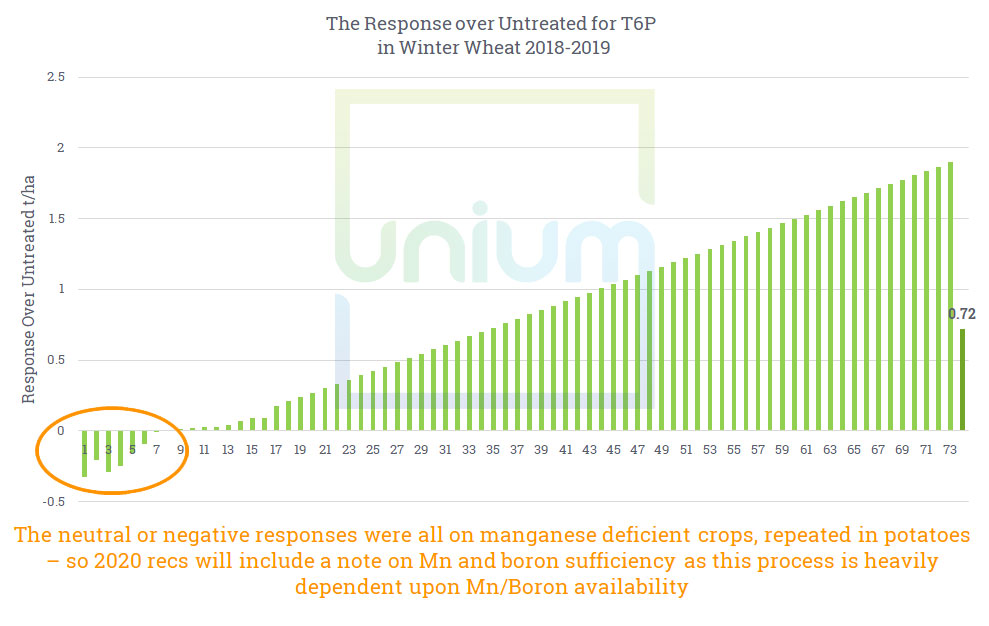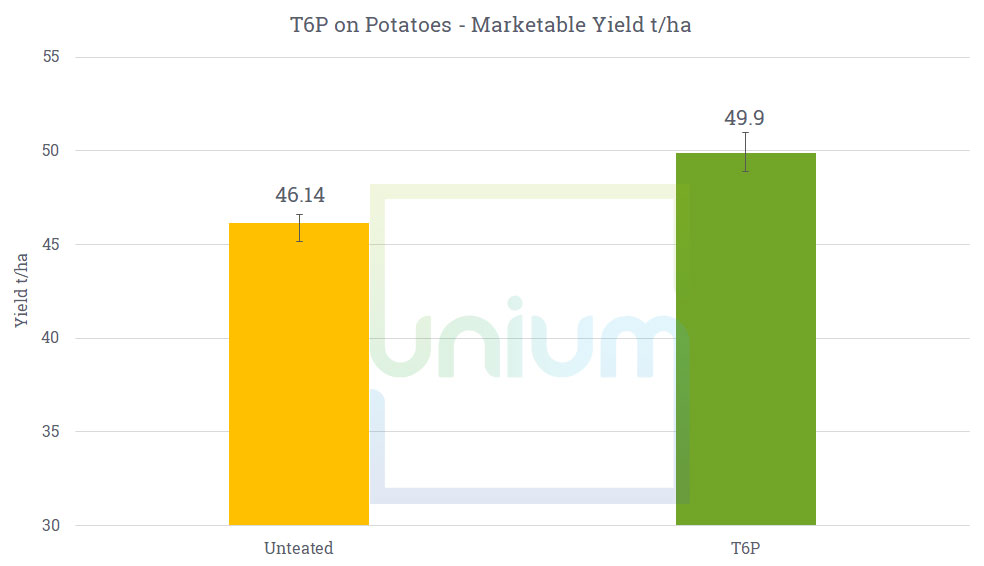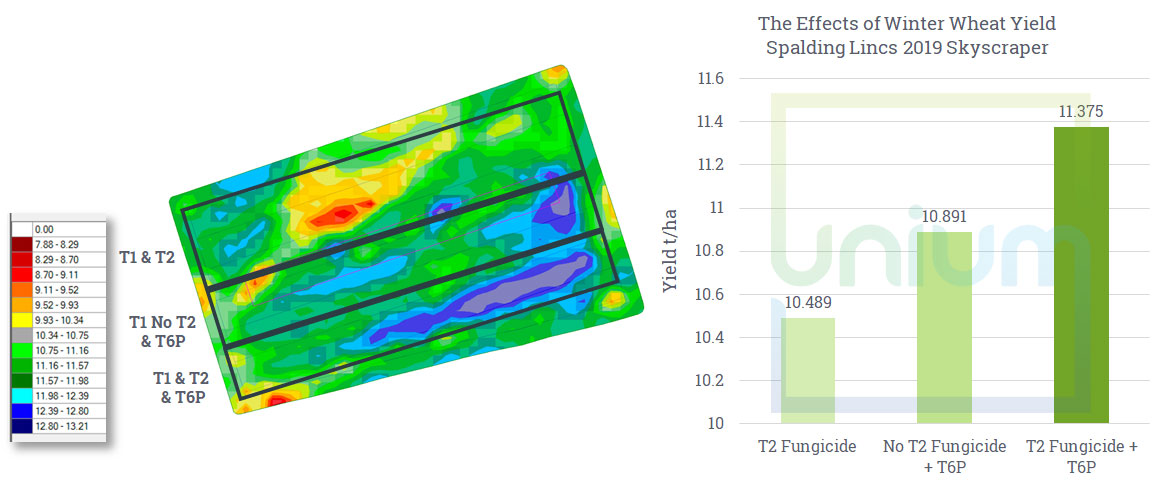3 ALO T6P
Maximise your seed/grain filling process and therefore optimise yield.
Return on investment
Chance of a return on investment
Average yield increase
(69 trials)
Nature uses a small molecule – Trehalose-6-Phosphate as a signalling molecule to balance carbohydrate (esp sucrose) concentration in the plant. It’s one of the critical mechanisms to link carbon assimilation and growth in higher plants:
- Enhanced root development
- Improved shoot development
- Enhanced chlorophyll per unit area
- Improved stress management via optimising sucrose allocation
- Increased yield via grain and oil management
Unium has focused on the late season applications for maximising the relocation of carbon into yield as carbohydrates or oil, although it has proved very interesting as a seed treatment.
This area of crop physiology has attracted a lot of interest in the last few years demonstrating improved crop performance under ideal or stressed, in particular moisture, situations.
3 Alo T6P was born out of inspiration of this research and has demonstrated from proof of concept, via replicated field trials and farmer experiences to deliver the benefits the research suggested.

PROOF OF CONCEPT


PRODUCT OVERVIEW




